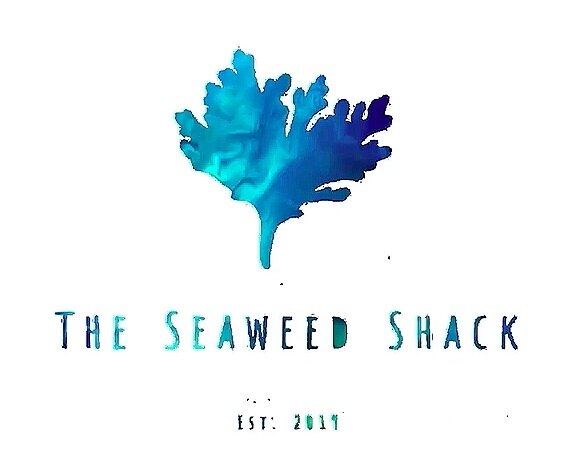The Seaweed Shack (i.e. me in my van) made the wet & windy trip to Oban a few weeks ago to attend the SSIA conference 2020.
Two days of talks and workshops included interesting presentations from Hortimare, AtSeaNova, Oceanium, Food Standards Agency, Scottish Natural Heritage, Marine Scotland among others.
Day 1
The focus was on business: scaling up seaweed farms as well as the collaborative development of policies and legislation. Despite there being around 150 attendees, there were only a handful of seaweed farmers and only 1 or 2 investors present, the rest being either scientists or interested newcomers (like myself).
The main topics of discussion seemed to be how regulation and bureaucracy can be streamlined for seaweed-centric operations. Currently, the licensing process for seaweed is the same as for a large scale salmon farm, which is prohibitively expensive for small start-ups without external investment. Investors seem to be keen on the environmental benefits, but sceptical as to how the UK can compete with international markets (i.e. China and the Far East).
The consensus seemed to be that seaweed farms need a social licence from both government, local councils and the public before they can become commonplace. Even then, there is still a lack of value-added consumer products to justify even small-scale production in the UK.
If anything, this affirmed my conviction that setting up a farm with the current planning & licensing system isn’t worth the effort just yet (and is way out of my budget anyway). Interestingly though, one SAMS PhD student said that adding seaweed to an existing shellfish farm is probably the easiest route to take.
Day 2
The second day comprised presentations and workshops hosted by SAMS scientists and PHD students. Talks were given on IMTA, hatchery & transport techniques, detrital carbon, genetic surveys and social licence. This was essentially a further networking session and I had some interesting conversations with SAMS scientists, the KelpRing team and Norfolk Seaweeds Ltd.
These workshops reaffirmed my own conclusions: that small-scale, integrated systems of low-trophic species are the way forward, mainly because they are more likely to gain public approval. Furthermore, that land-based RAS (recirculating aquaculture systems) not only provide more control over environmental conditions, but also provide a viable alternative to sea-based systems (with much less bureaucracy).
What I wasn’t aware of was that the production of seed material (i.e. unialgal cultures of sporophytes) is so far only established for alaria esculenta (wakame/winged kelp/dabberlocks )and saccharina latissima (sugar kelp), but the process is much more difficult for species such as palmaria palmata (dulse). Also, that seaweed does not sequester carbon: seaweed does not actively deposit carbon as land-based plants do into soil. Instead, they act as a temporary carbon store until they die and the detritus sinks to the bottom of the sea. Nevertheless, this still justifies the ‘planting’ of kelp forests, and their rapid growth will still pull carbon out of the sea and reduce acidification.
All in all, I’m definitely glad I went to the conference. I made some good contacts and learnt a lot. My long-term plan remains largely unchanged: an integrated RAS system including ranched crustaceans, shellfish, echinoderms, seaweed and halophytes. This would of course be the backend of the business, with The Seaweed Shack being the customer-facing end :)












